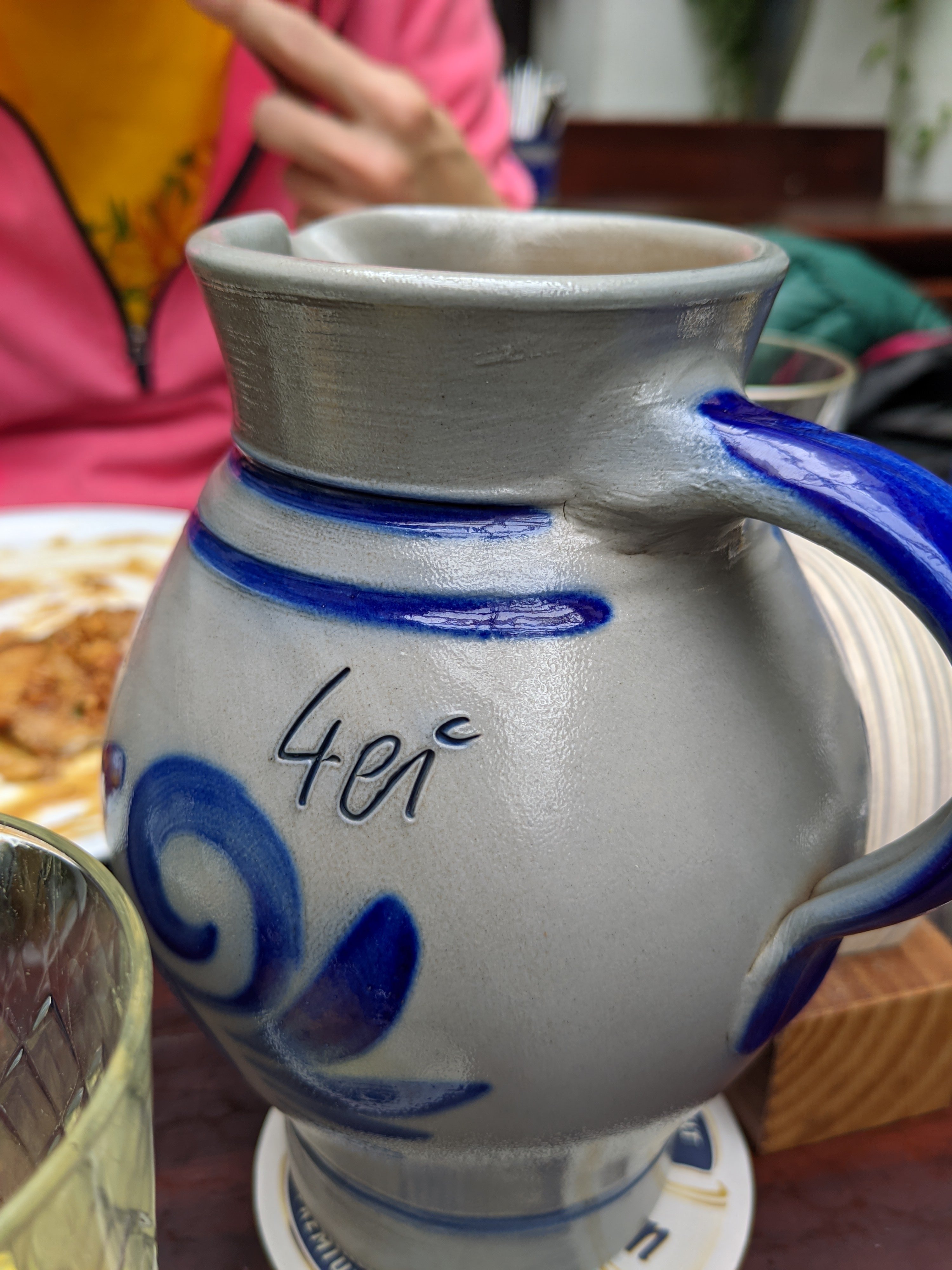“Greens” refers to the leafy part. You can also get turnip greens, mustard greens, dandelion greens, etc.
Because “greens” is the general term for plant leaves we eat such as spinach, chard, kale or the leaves of other vegetable plants like carrots. Some people just call them collards.
Rainbow shard is not collards. You may be conflating the two. Collards are very related to kale. That same species, Brassica oleracea, gives us the cultivars cabbage, broccoli, cauliflower, kale, Brussels sprouts, collard greens, Savoy cabbage, kohlrabi, and gai lan.
well if it births cauliflower how come you don’t see white collards? Or any other color?
omg dude you can’t just ask about white collards
alternate joke: I guess you could say it’s a white collard crime?
Awww yeah! Collards! Ain’t you glad they’s a suthren boy on lemmy?
All “greens”, even the ones that aren’t necessarily green green (like how mustard and turnip greens can be slightly yellowish, or a lighter green sometimes and not be a sign of poor growing conditions) fall under the general heading because they’re the leafy part of a plant that’s predominantly green in plants overall.
Collards go back a millennia or two at least, as a cultivated plant. And that means that humans were planting and growing them (just in case cultivated as refers to agriculture was unfamiliar) for a very long time.
During that time, they’ve spread across the world, and came to the U.S. largely on the heels of slavery. This is despite them having gotten to Africa from other places originally, with some debate as to exactly where they were first cultivated.
The reason you don’t see anything other than green is because people aren’t growing those varieties as much, and not many grocers carry them. You really only see them when home gardeners grow them in my neck of the woods.
But, they come in as many colors as any other brassica. Purple, blue, red (ish), yellow and whitish varieties exist (and are just as yummy).
But, no mistake, collards have been bred and changed into a wide array of configurations. There’s longer stemmed versions, wrinklier ones, and there’s some variety of flavor between them all, ranging from heavily bitter but rich, to almost sweet with a more spinach/kale taste, and some that are both very bitter and kinda sweet, with every combination of those overlapping the earthiness and distinct brassica flavor.
All of them cook the same though! A quick bit of heat to wilt, then a low & slow braise with whatever extras you prefer (I’m usually a beef or chicken stock + apple cider vinegar guy, but I ain’t mad at a nice ham hock).
Grits is groceries, collards is comestibles.
Edit: also, for anyone interested, there’s a guy named Michael Twitty, a truly amazing man that has dedicated himself to educating people about food, food history, and the cultural ties around that. If you search his name along with collards, he’s written on the subject way better than I have here, and was the source for a big chunk of what I know about collards beyond the cooking of them.





